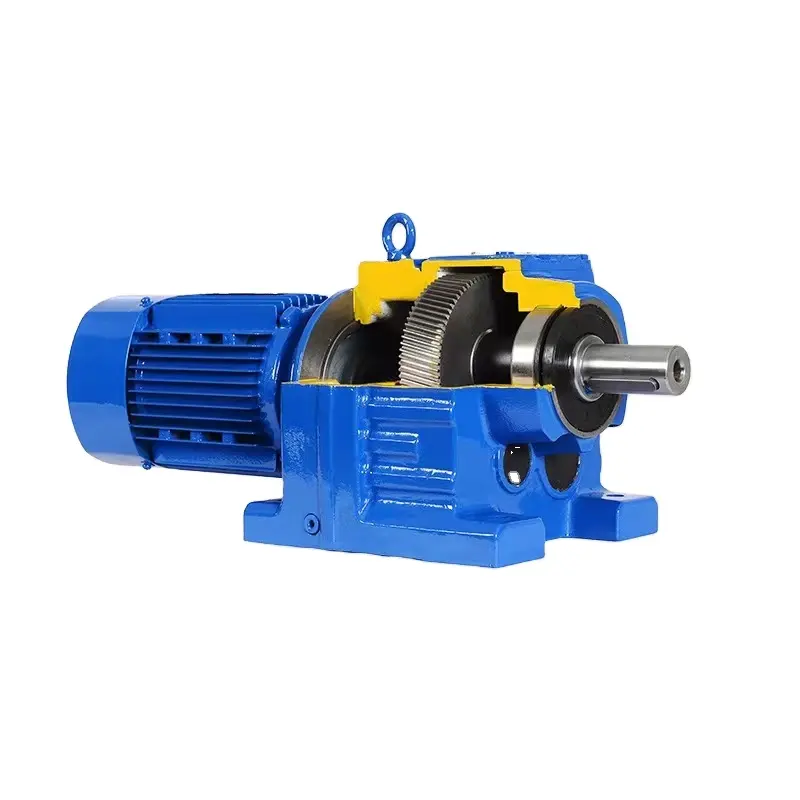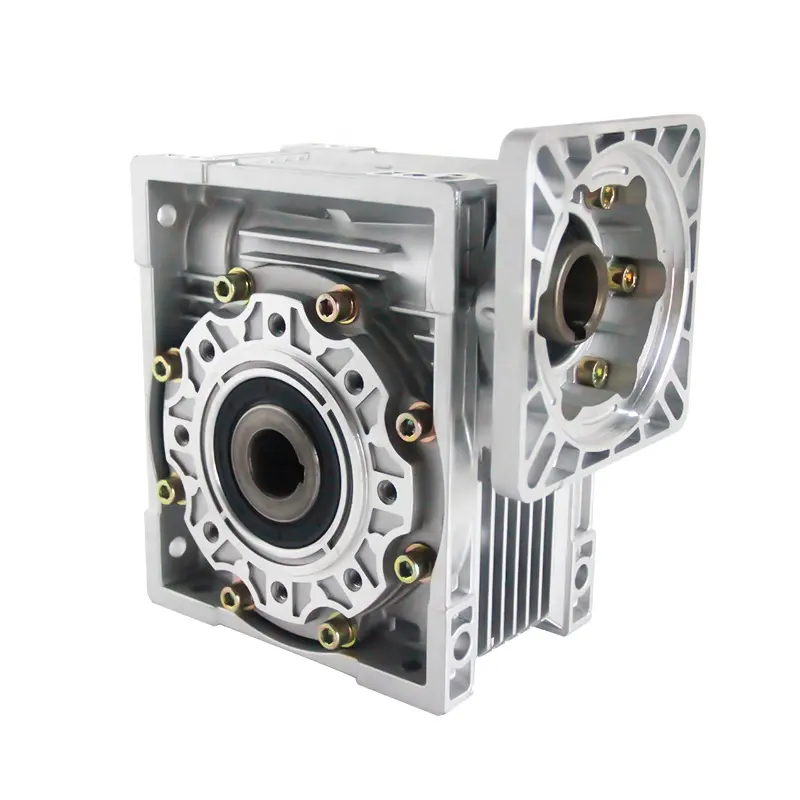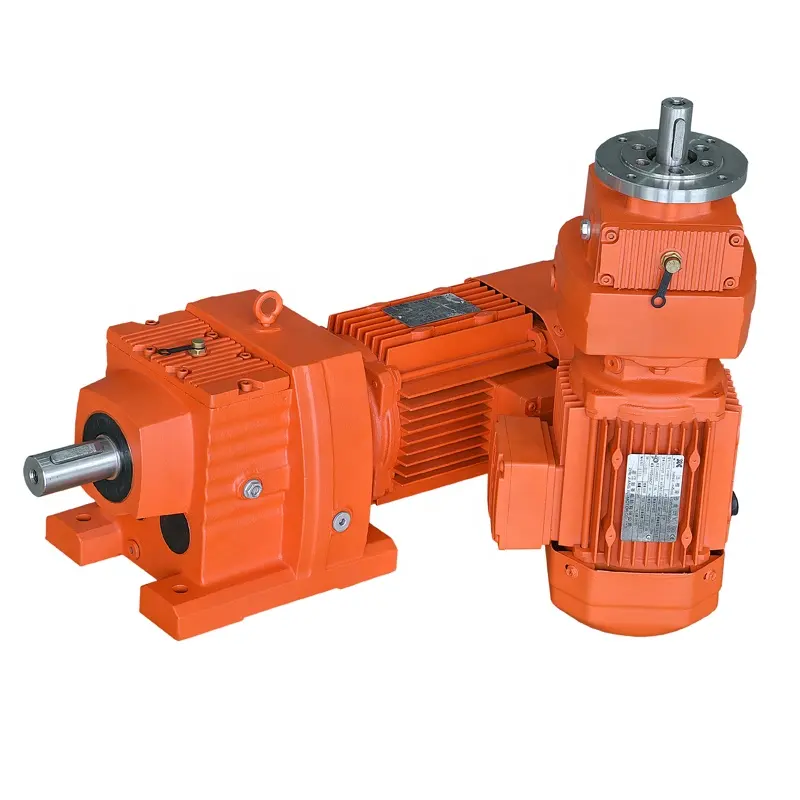electric motors and drives
Electric motors and drives represent a fundamental component of modern industrial and commercial applications, serving as the backbone of mechanical motion and power conversion systems. These sophisticated devices convert electrical energy into mechanical energy through electromagnetic principles, providing controlled and efficient power delivery across various applications. The system typically consists of an electric motor, which generates the mechanical power, and a drive system that controls the motor's speed, torque, and position with precision. Modern electric motors and drives incorporate advanced features such as variable frequency control, regenerative braking capabilities, and intelligent monitoring systems. They are designed to operate across a wide range of power ratings, from fractional horsepower to several thousand horsepower, accommodating diverse industrial needs. These systems find applications in manufacturing processes, HVAC systems, material handling equipment, and renewable energy installations. With the integration of smart technologies, modern electric motors and drives offer enhanced efficiency, improved reliability, and sophisticated control options, making them essential for automation and energy optimization in various sectors.


